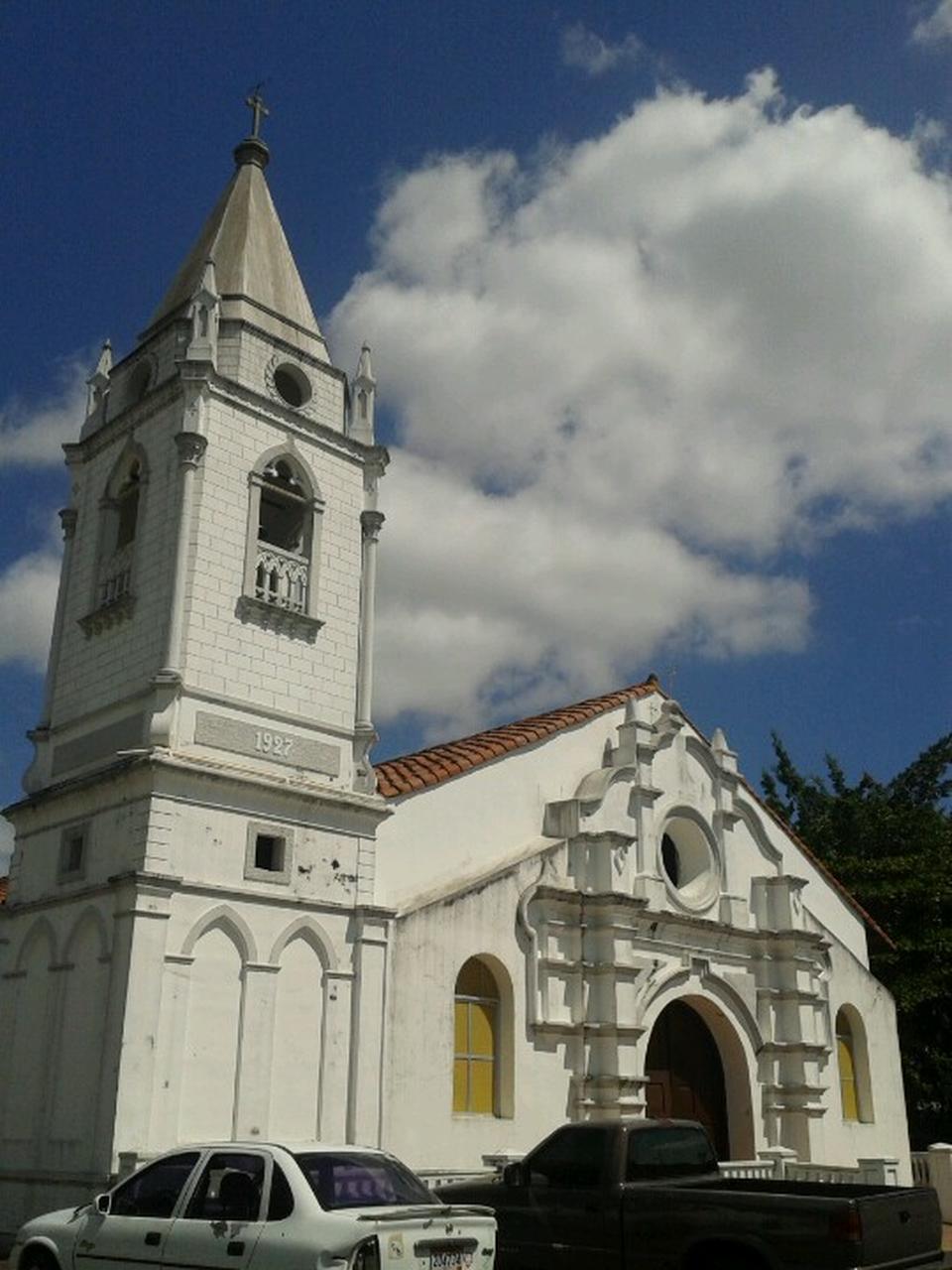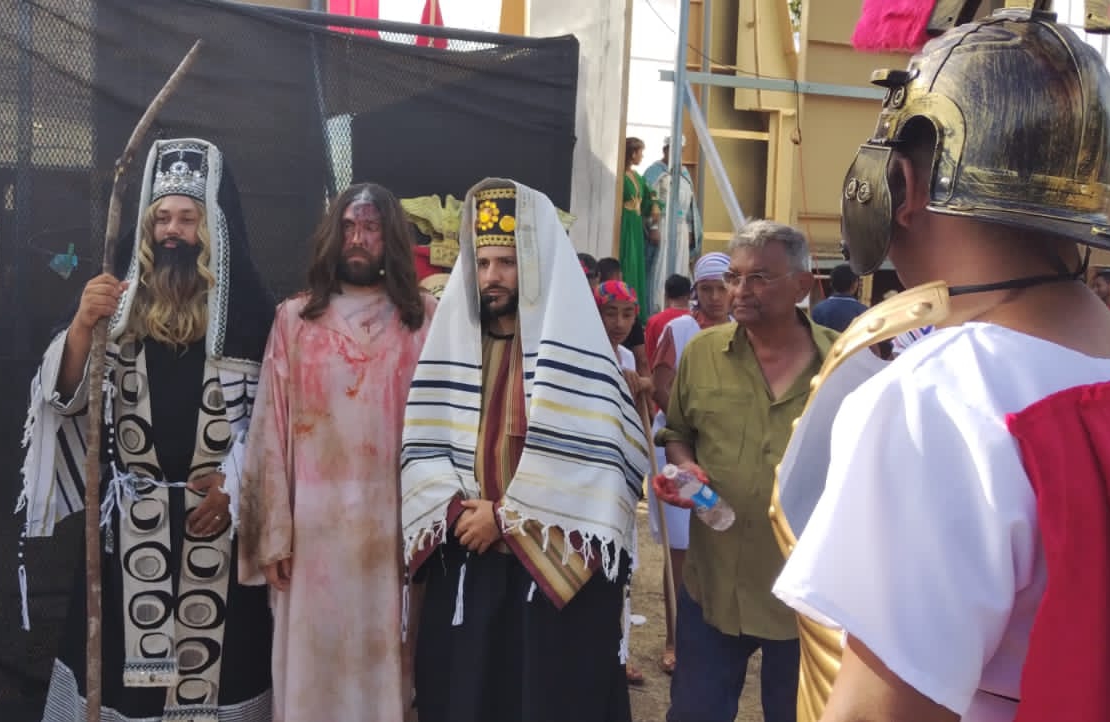The province of Herrera is a destination rich in history and traditions that, despite time and modern life, remain rooted in the heart of each person who lives in this region. A good example are the towns of Parita and Pese, where their inhabitants keep traditions that date back several centuries and that are felt in every street, house and festivity.
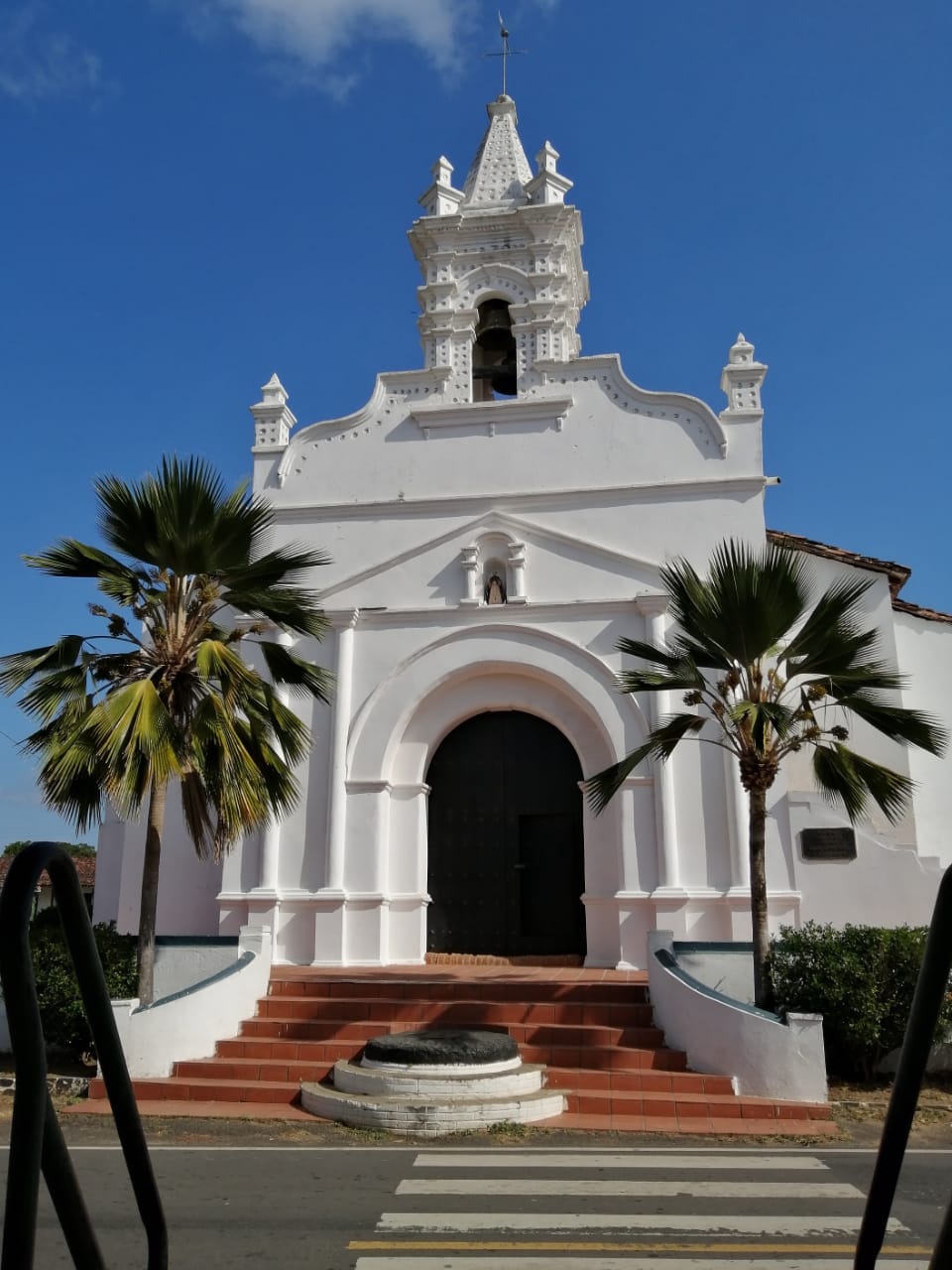
Parita District
The Oldest Indigenous Hispanic Settlement
Talking about Parita is going back many centuries. This district is considered the oldest indigenous Hispanic settlement in the Azuero region. In this community, the historical legacy is felt in its church and houses, whose facades and portals transport us back in time. With a population of 8,000 inhabitants and an important historical colonial legacy, the town of Parita surprises each visitor.
Parita was founded in 1558 as a result of the suppression of the Indian charge of the Mayor’s Office in Nata, decreed by the Spanish Crown on March 21, 1551, its patron saint being Santo Domingo de Guzman. Pariteños celebrate August 18 as the founding day and the district of Parita is made up of the counties: Parita, Cabuya, Los Castillos, Llano de la Cruz, Paris, Portobelillo and Potuga. Also, you find the Sarigua National Park and the Cenegon del Mangle, where the heron chicks that are taken to the Presidency of the Republic nest.
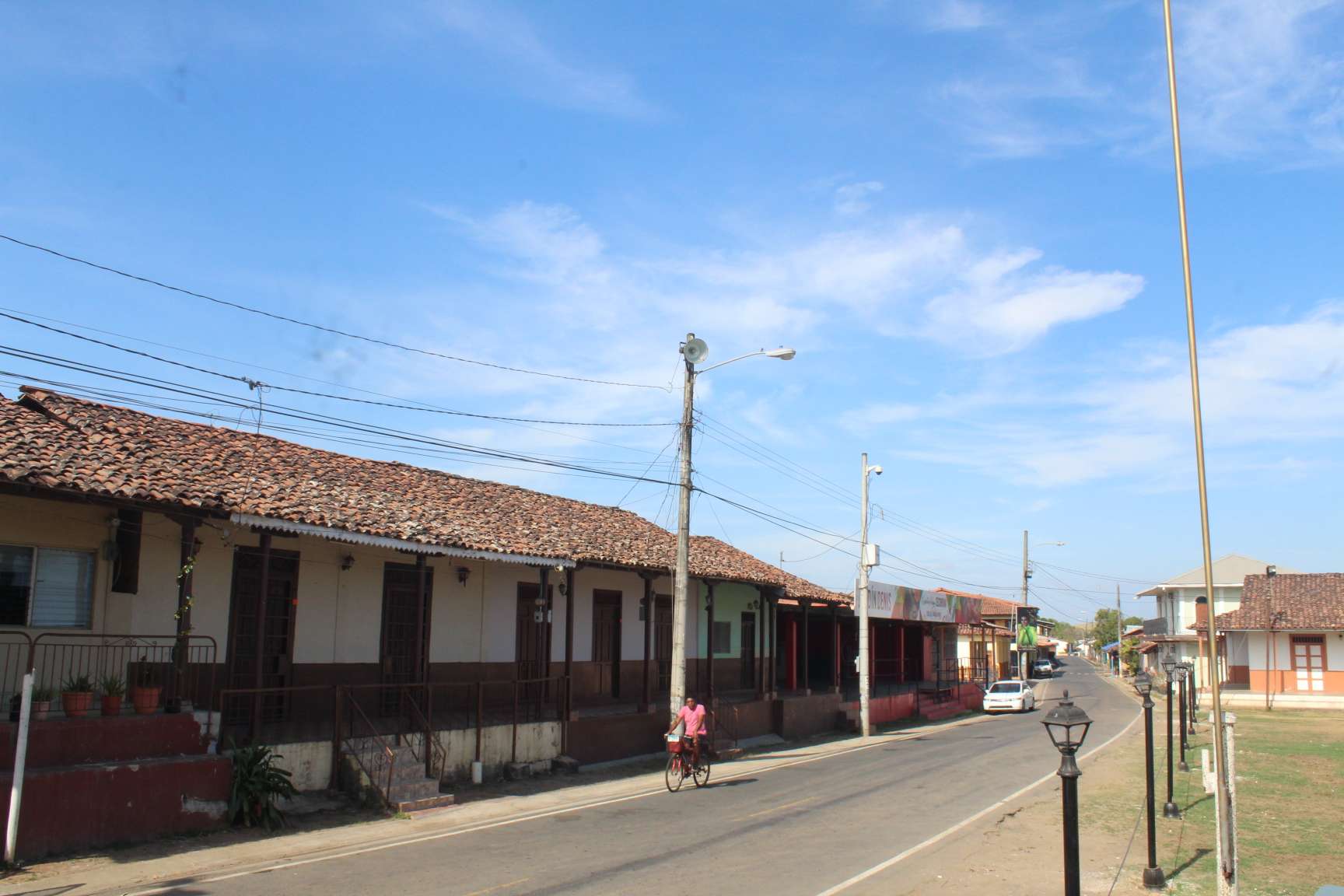
Religious Traditions and Bullfighting
This town is nourished by the ethnic and religious cultural past, customs that give its own personality, thus preserving many traditions. In part, this is due to a municipal agreement to keep intact the buildings that give the old town its charm.
The traditional festival that is celebrated in August is known for its famous bullfighting evenings; where the animal and the bullfighter seem to dance in a perennial flirtation. During this festival, the colonial streets remain small for the swell of locals and foreign visitors who come to this annual meeting. Few festivals like Santo Domingo de Guzman, in Parita, can be matched in the Azuero region.
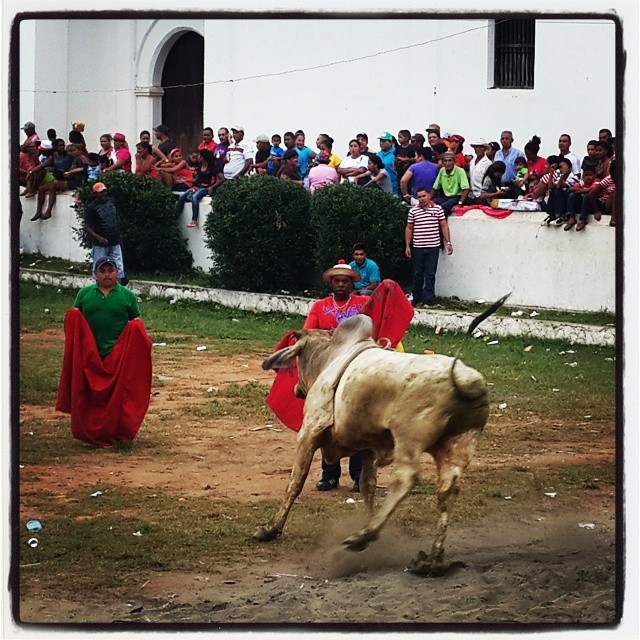
A Town Rooted in the Legacy of its Ancestors
Despite time, Parita continues to be a town of traditions inherited from its ancestors; where the little drum is preserved with its singing women, the montezumas, and the dances of clean and dirty devils.
In Parita there are also the genetic traces of the ex president of Costa Rica, Miguel Angel Calderon Guardia, who comes from a family settled in Parita and that later migrated to Costa Rica, after the so-called wars between the Guardias and Goitias families.
Diablicos Traditional Dances
Parita is the birthplace of eight traditional and folk dances: Diablicos Limpios, Diablicos Sucios, Diablicos Pariteños, Montezuma Española, Cumbembes, Torito Guapo, El Venado and Las Mojigangas.
Unlike other devil dances, Parita’s devil is very elegant, wearing a multiple colors dress and an innumerable number of bells that sound the music of the devils. Parita is also the only town in Panama where the devils dance to the Spanish jota.
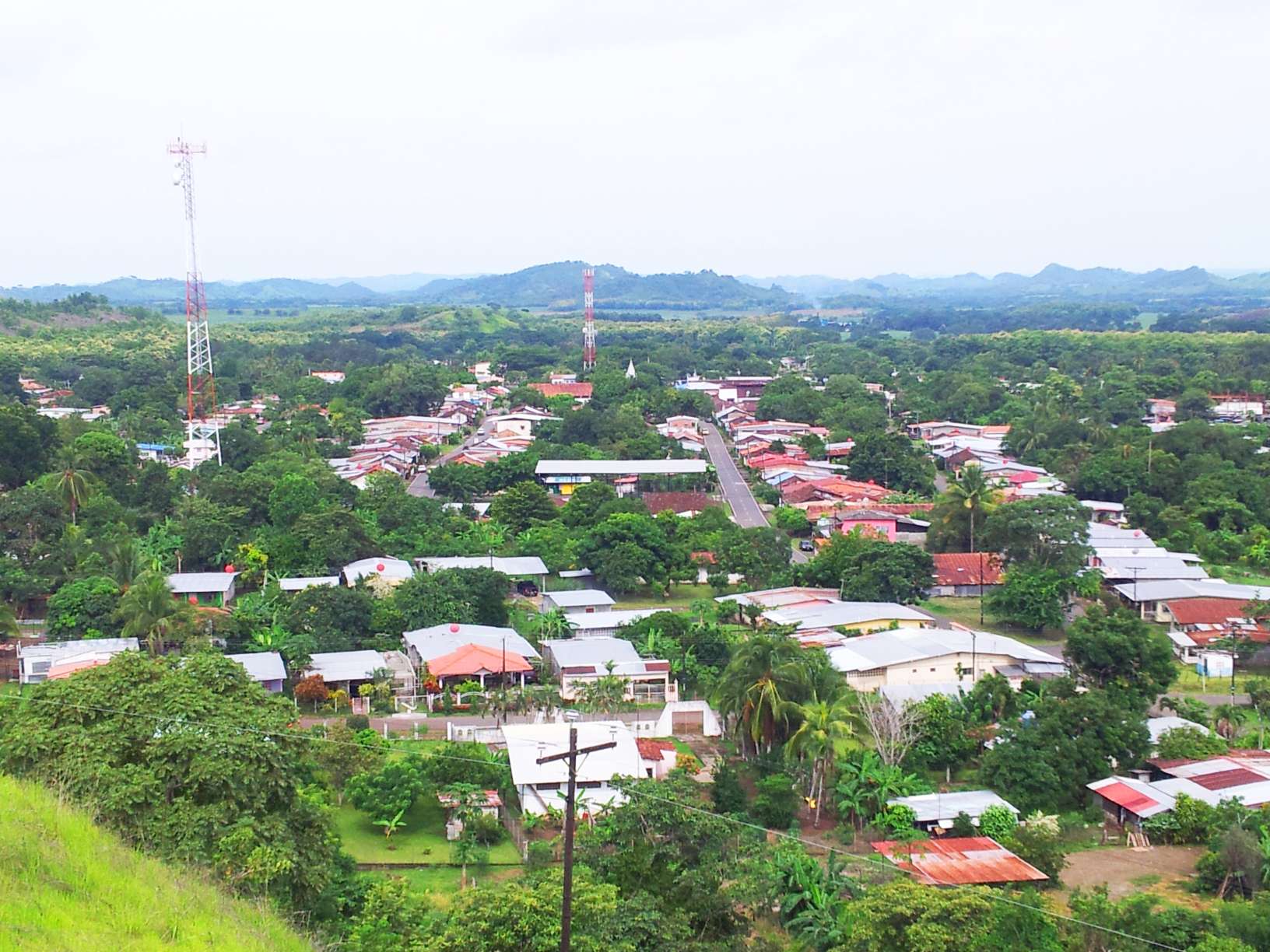
Pese District
Land of Culture and Traditions
It is a Valley, well known for its dramatizations of the Holy Week, and festivals such as the Sugar Cane Festival and Religious celebrations.
Pese is a beautiful valley with 12,471 inhabitants that preserves not only the natural beauty of its landscapes, but also maintains the innate essence of the interior town, their hard work and kindness of its people.
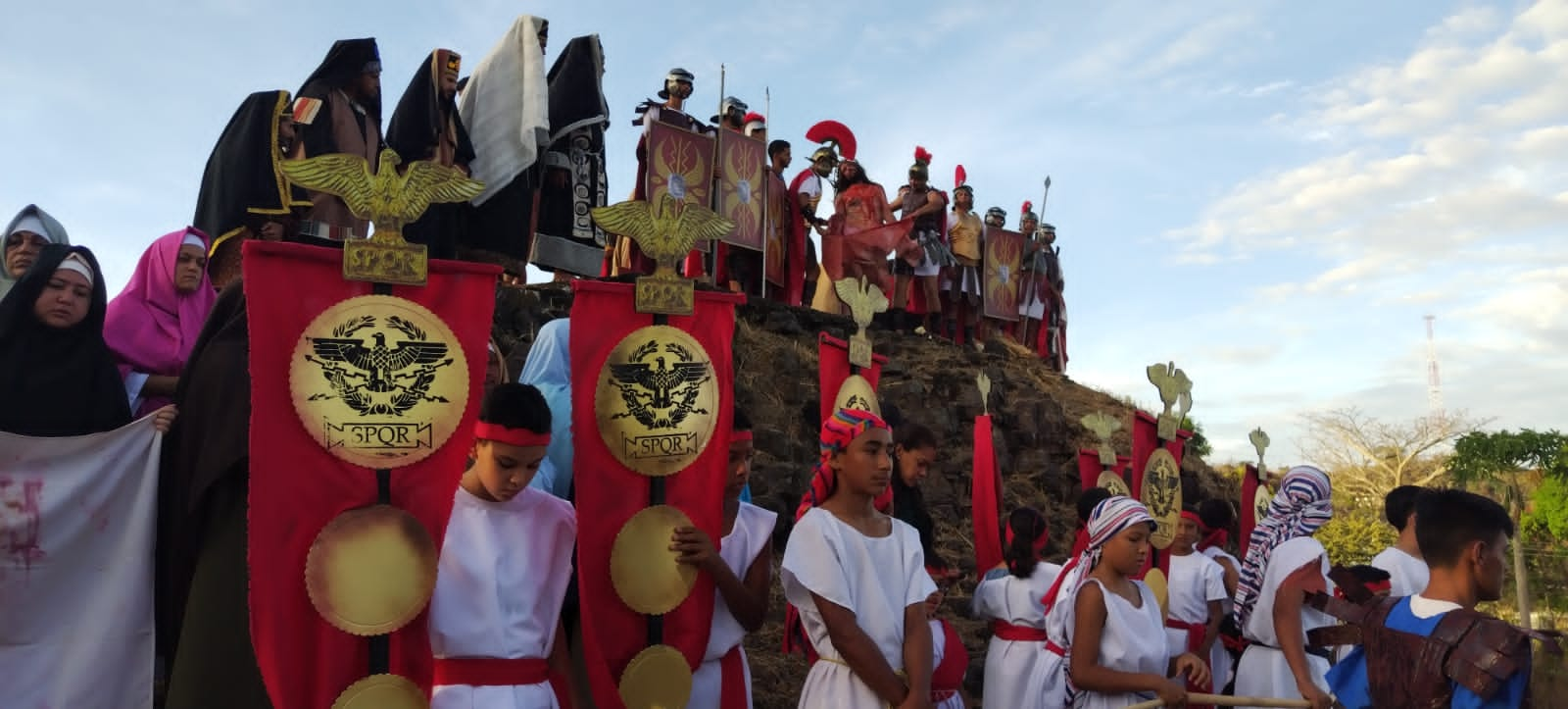
The Most Famous Holy Week in Panama
San Jose is the Patron Saint of Pese, being the celebrations in his honor during March. Living Holy Week is a religious tradition that began in 1950, with the arrival in this town of the priest Luis Angulo, who was appointed parish priest of the Parish that year.
Father Angulo noticed the popular interest in theater and the stage talent of many citizens of the town, which motivated the idea of performing a live representation of the Via Crucis on Good Friday. In the initial idea, the father did not include Jesus, feeling that it would be difficult to embody him, however, the young Domingo Guillen was the one who dared to play the most important character in his Via Crucis and Death. The scene of the Prayer on the Mount of Olives before the Via Crucis was also added.
The scenes of that first year of representation of the Holy Week were very simple: The Garden of Olives was represented inside the church and the Via Crucis took place through the streets until reaching the scene of the crucifixion, which were in the same square. (Today it is the site where the Fire Department is located).
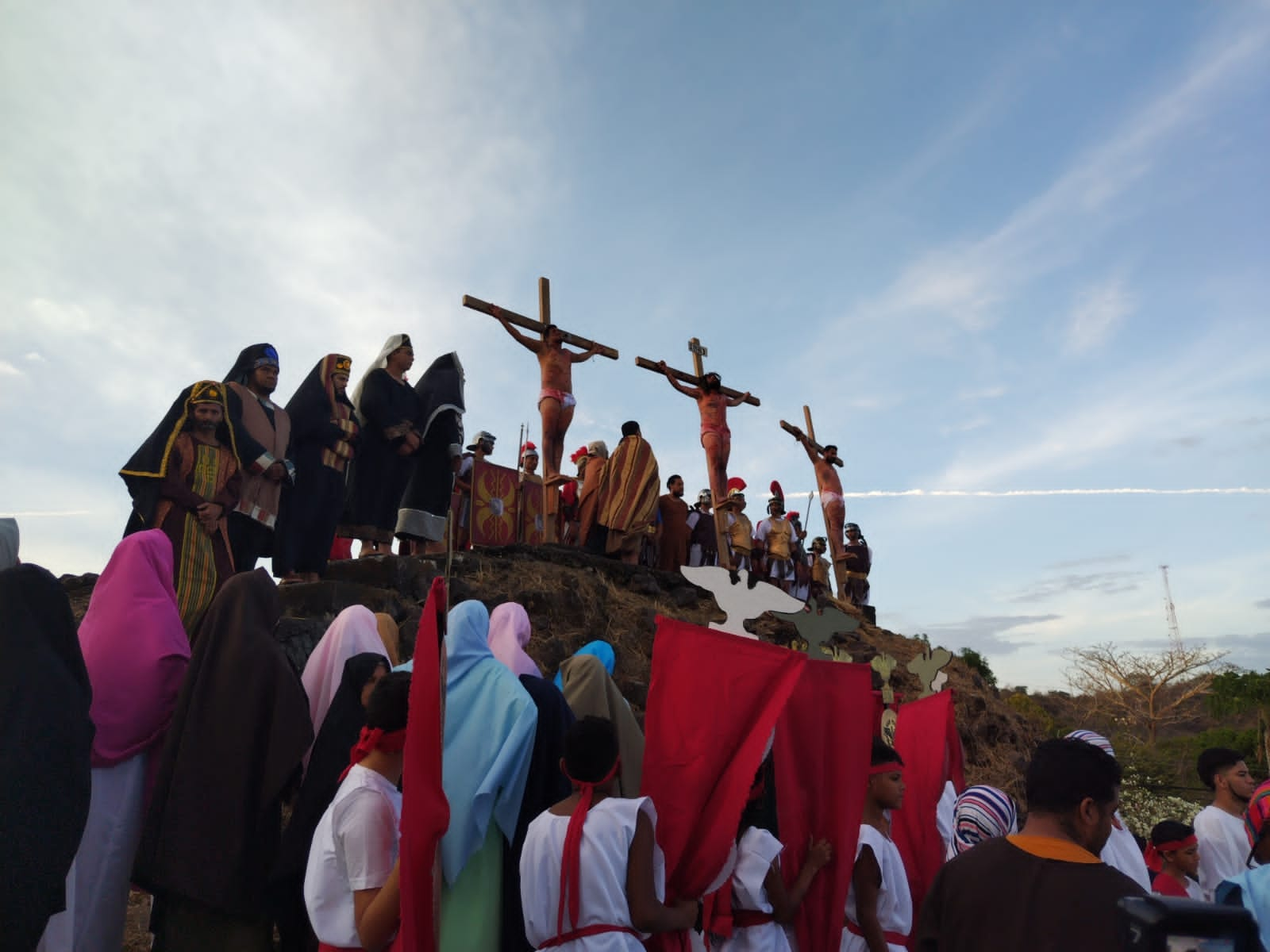
Theories of the Origins of Pese
The historical origins of this region have not been able to specify to date, although several studies have been carried out with the aim of locating the foundation of this ancient town of Azuero in time.
Generally, it has been believed that the name Pese was derived from an indigenous cacique who ruled these lands in pre-Columbian times. Another theory states that Pese, like other cities in Azuero, has its origins in the indigenous Ngäbe ethnic group. There are reference documents from Bishop Pedro Morcillo Rubio y Auñon, where the existence of the town of Pese is mentioned 270 years ago.
There is also a study which indicates that Pese dates back to the year 1558 when the first indigenous settlements were created, described by Father Dominico Pedro de Santamaria, in a letter addressed to the King of Spain in 1561, in which he indicated the exact location of the settlements, including Santa Elena, today Parita, and Santa Cruz on the banks of the Cubita River, currently called Rio la Villa.
